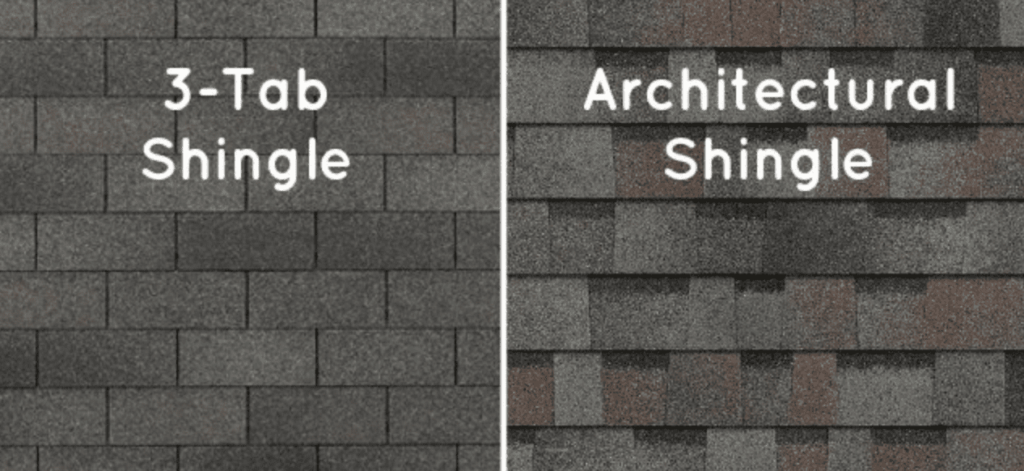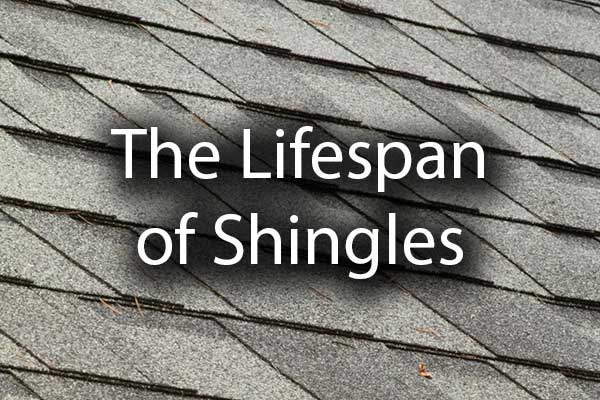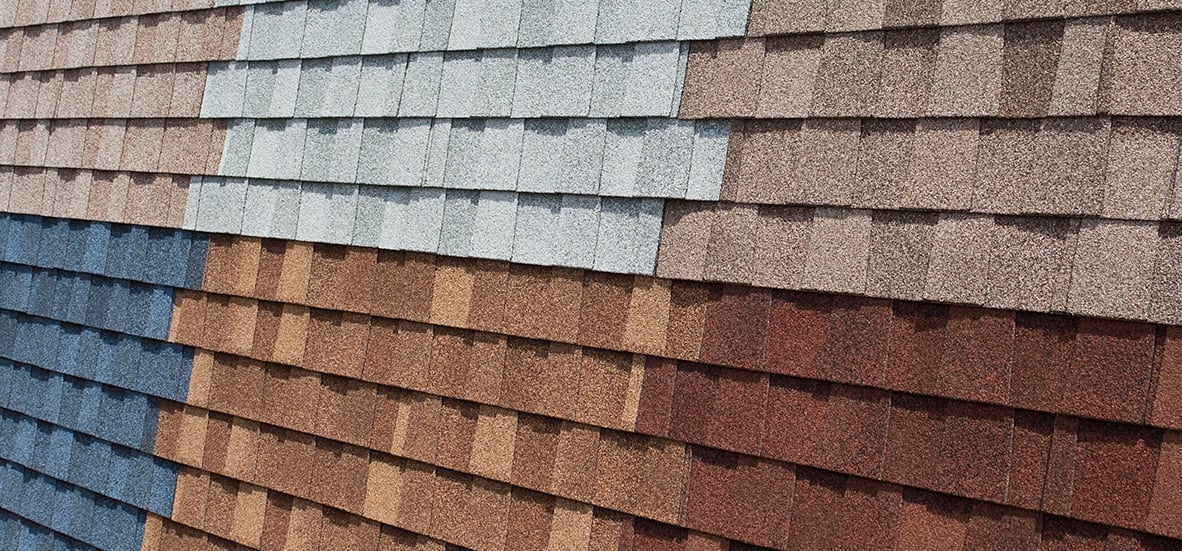The Ultimate Guide to Architectural Asphalt Roof Shingles
When it comes to roofing options for your home, architectural asphalt roof shingles stand out as a popular choice. They not only provide protection but also add aesthetic appeal to your property. In this comprehensive guide, we will delve into the world of architectural shingles, covering topics such as colors, cost, styles, warranties, and more.
Understanding Architectural Shingles
Architectural shingles, often referred to as dimensional or laminated shingles, are a premium roofing material known for their durability and distinctive appearance. Unlike regular shingles, which have a flat and uniform look, architectural shingles are designed to mimic the texture of natural materials like wood or slate.
Calculating the Investment
One of the key advantages of architectural shingles is the wide range of colors available. Whether you prefer a classic look with earthy tones or want something bold and contemporary, you’ll find architectural roof shingles in an array of colors to suit your style and complement your home’s architecture. Use this Roofing Calculator to figure out your shingles!
Definition and Purpose of Architectural Asphalt Roof Shingles
When it comes to protecting our homes from the elements, the roof plays a crucial role. One popular choice for homeowners is architectural asphalt roof shingles.
But what exactly are these shingles? Well, architectural asphalt roof shingles are a type of roofing material that consists of multiple layers bonded together.
These shingles are designed to provide superior durability and aesthetics for residential buildings. The purpose of architectural asphalt roof shingles goes beyond mere functionality.
Yes, they do shield our homes from rain, wind, snow, and sunlight, but they also add an element of style and sophistication to the overall appearance of a house. Unlike traditional three-tab asphalt shingles that have a flat and uniform look, architectural asphalt roof shingles have a three-dimensional design that creates depth and texture on the roof.
Advantages of Using Architectural Asphalt Roof Shingles
Using architectural asphalt roof shingles offers several advantages over other roofing materials. Firstly, their enhanced durability ensures long-lasting protection for your home.
The multiple layers and high-quality materials used in their construction make them more resistant to weather elements such as strong winds or heavy hailstorms. Secondly, architectural asphalt roof shingles come in a wide variety of colors and patterns, allowing you to customize the appearance of your home’s exterior.
Whether you prefer classic neutrals like shades of gray or brown or want something bolder like reds or blues – there’s an option for every taste and style preference. Additionally, these shingles can mimic other luxurious roofing materials such as slate or wood shakes without the hefty price tag attached to them.
This cost-effectiveness makes architectural asphalt roof shingles an attractive choice for homeowners looking to achieve an upscale look without breaking the bank. Architectural asphalt roof singles not only provide exceptional protection for your home but also enhance its visual appeal.
With their durability, variety of colors, and ability to mimic high-end materials, they offer a practical and aesthetically pleasing roofing solution. So, if you’re considering a roof renovation or building a new home, architectural asphalt roof shingles are definitely worth exploring!
Composition and Construction of Architectural Asphalt Roof Shingles
Layers of Architectural Asphalt Roof Shingles
Architectural asphalt roof shingles are not your typical run-of-the-mill roofing material. They are made up of multiple layers, each serving a crucial purpose in ensuring durability and longevity. The bottom layer is composed of a sturdy fiberglass matting, which provides strength to the shingle.
This layer acts as the foundation, offering structural stability to the entire roofing system. On top of the fiberglass matting lies the crucial component: the asphalt coating.
This layer is responsible for protecting your roof from harsh weather elements such as rain, snow, and hail. It acts as a shield against water infiltration while providing flexibility to accommodate any movement that may occur due to temperature changes.
To give architectural asphalt roof shingles their distinctive appearance and added protection, a layer of ceramic granules is embedded into the top surface of each shingle. These granules come in various colors and sizes, providing aesthetic appeal while also enhancing durability by acting as an additional barrier against UV rays, preventing premature fading and deterioration.
Materials Used in the Manufacturing Process
In order to create top-quality architectural asphalt roof shingles, manufacturers carefully select materials that offer both strength and resilience. The primary material used in architectural asphalt shingles is fiberglass matting. This versatile material provides exceptional tensile strength while remaining lightweight.
The next crucial component is the asphalt coating which adds an extra layer of protection against weather elements such as rain or snowfall. It is very important for this coating to be high-quality so that it can effectively withstand extreme temperatures without cracking or deteriorating over time.
We have ceramic granules that are used on top of the shingle’s surface for both aesthetic purposes and added protection against damaging UV rays from sunlight exposure. These ceramic granules enhance color retention and prevent the shingles from fading over time.
By combining these materials and layers, architectural asphalt roof shingles are able to provide a strong, durable, and aesthetically appealing roofing solution that can withstand the test of time. The composition and construction of architectural asphalt roof shingles involve multiple layers including a fiberglass matting for strength, an asphalt coating for protection against weather elements, and ceramic granules for aesthetic appeal and added durability.
These carefully chosen materials work together to create a roofing system that not only looks great but also provides long-lasting performance. So when it comes to choosing roofing material, architectural asphalt roof shingles are certainly an excellent choice.
Types of Architectural Asphalt Roof Shingles

Three-tab shingles vs architectural shingles
When it comes to selecting the right roof shingles for your home, you’ll likely encounter two primary options: three-tab shingles and architectural shingles. While both types are made from asphalt, they differ significantly in terms of design and overall aesthetics.
Three-tab shingles are the more traditional choice, featuring a simpler rectangular shape with three uniform tabs along the lower edge. On the other hand, architectural shingles are known for their dimensional appearance and unique texture.
Key differences in design and appearance
The design dissimilarities between three-tab and architectural shingles are striking. Three-tab shingles appear flat when installed, as their uniform tabs create a repetitive pattern across the roof’s surface.
In contrast, architectural shingles offer a stunning layered effect due to their varied sizes and shapes. They incorporate extra layers of asphalt material that give them a multi-dimensional appearance similar to wood shakes or slate tiles.

Variations in durability and lifespan
In terms of durability and lifespan, architectural shingles have a clear advantage over their three-tab counterparts. Typically, three-tab shingles have a shorter lifespan ranging from 15 to 20 years.
On the other hand, architectural asphalt roof shingle warranties often extend up to 30 or even 50 years due to their superior construction and thickness. The additional layers of asphalt provide better protection against harsh weather conditions such as wind, rain, hailstorms, and UV rays.
Architectural roof shingles also tend to be more resistant to damage caused by impact compared to three-tab options. Their sturdy construction makes them less susceptible to cracking or tearing under pressure or extreme weather events like heavy snowfall or strong winds.
When deciding between these two types of asphalt roof shingling options for your home, consider the longevity you desire, the climate of your region, and your aesthetic preferences. Architectural shingles may require a higher upfront investment, but their enhanced durability and appealing design make them a worthwhile choice for homeowners seeking both functionality and visual appeal for their rooftops.
Enhanced Aesthetics and Curb Appeal
Unbeknownst to many homeowners, architectural asphalt roof shingles are not just practical, but they can also elevate the overall aesthetics of a property. Gone are the days when roofing materials were limited to dull and monotonous shades of gray or brown. With architectural shingles, you have an extensive palette of colors at your disposal, from earthy tones that seamlessly blend into natural surroundings to vibrant hues that make a bold statement.
Whether you prefer a classic and timeless look or a more modern and eye-catching appearance, there is a color option to suit every taste. Moreover, architectural asphalt roof shingles offer more than just color diversity; they also come in an array of patterns and textures.
If you yearn for the sophistication of slate or the rustic charm of wood, there are architectural shingles meticulously designed to mimic those materials. This means that even if your budget doesn’t allow for authentic slate or wood roofing, you can still achieve the same visual effect without compromising on quality.
Improved Durability and Longevity
When it comes to roofing options, durability is undoubtedly a key factor in decision-making. Traditional asphalt shingles typically last around 15-20 years before needing replacement.
However, the good news is that architectural asphalt roof shingles offer an extended lifespan compared to their traditional counterparts. With proper installation and maintenance, these high-quality shingles can easily last 30 years or more.
One reason for their increased durability lies in their construction – they consist of multiple layers bonded together with advanced technology. This multi-layered structure provides greater resistance against various weather elements such as wind gusts reaching hurricane speeds, hailstones pelting down like marbles from above, and harmful UV rays relentlessly bombarding your rooftop day after day.
Furthermore, these architectural wonders boast exceptional resistance against fading caused by exposure to sunlight. While traditional shingles may lose their vibrancy and become dull over time, architectural asphalt roof shingles retain their original color and beauty, helping your home maintain its curb appeal for decades to come.
Resistance to Weather Elements
It’s no secret that Mother Nature can be fierce at times, subjecting our homes to harsh weather conditions. However, with architectural asphalt roof shingles, you can rest easy knowing that your shelter will stay intact through the harshest storms.
These shingles are engineered to withstand high winds, often rated for performance against gusts of up to 130 miles per hour. This added wind resistance reduces the risk of shingle blow-offs and subsequent water intrusion.
Additionally, architectural asphalt roof shingles are built tough to handle hailstorms. Their impact resistance helps minimize damage caused by hailstones pelting down from the sky like icy marbles.
The robust construction of these shingles protects your home from potential leaks and costly repairs down the line. Moreover, these innovative roofing materials offer excellent protection against the relentless assault of UV rays.
Over time, prolonged exposure to the sun’s ultraviolet radiation can cause traditional asphalt shingles to deteriorate rapidly and lose their structural integrity. Fortunately, architectural shingles are designed with UV-resistant properties that keep them looking pristine while safeguarding your home from potential water infiltration.
Opting for architectural asphalt roof shingles brings a multitude of benefits beyond their functional purpose. They enhance the aesthetic appeal of your property with an extensive range of colors, patterns, and textures while allowing you to achieve the look of other premium roofing materials such as slate or wood at a fraction of the cost.
Furthermore, these durable marvels provide longevity far surpassing traditional asphalt shingles while offering exceptional resistance against wind damage, hail impact, and harmful UV radiation from the sun. So why settle for ordinary when you can elevate your home’s style and protection with architectural asphalt roof shingles?
Architectural Roof Shingle Colors: An Array of Options

Popular color choices for architectural roof shingles
When it comes to architectural roof shingles, one of the most exciting aspects is the wide array of colors available. Homeowners are no longer restricted to monotonous shades of gray or brown.
You can now choose from a plethora of colors to add personality and charm to your home’s exterior. The popularity of architectural roof shingle colors has skyrocketed in recent years, as people realize that their roofs can be more than just functional; they can be stylish too.
Neutral tones (e.g., shades of gray, brown)
Neutral tones have always been a classic choice for architectural roof shingles. Shades of gray and brown provide a timeless appeal that blends seamlessly with various architectural styles.
Whether you have a modern, contemporary house or a traditional colonial home, these neutral hues can effortlessly complement your overall design aesthetic. Gray tones offer versatility and sophistication, while earthy browns exude warmth and natural beauty.
Bold colors (e.g., reds, blues) for a striking appearance
For those seeking to make a statement with their roofing choice, bold colors like reds and blues are gaining popularity. These vibrant hues inject energy into the overall look of your home and create an eye-catching focal point.
A deep red roof can evoke feelings of elegance and grandeur while adding an element of richness to your home’s exterior. On the other hand, opting for blue shingles can create an intriguing contrast against lighter-colored walls or siding.
Factors to consider when selecting a color scheme for your home's exterior
Complementary or contrasting colors with the overall design
Choosing the right color scheme for your architectural roof shingles requires careful consideration to ensure harmony with the overall design of your home. One approach is to opt for complementary colors that enhance and highlight the existing elements of your home’s exterior.
For example, if you have a brick facade, selecting roof shingles in warm earth tones can accentuate the natural beauty of the brickwork. Alternatively, you can choose contrasting colors that create visual interest and make your home stand out from the surroundings.
Regional climate considerations
The regional climate should also play a role in your color selection process. Different colors absorb and reflect heat differently, which can impact energy efficiency in your home. In warmer climates, lighter-colored architectural roof shingles are preferable as they reflect more sunlight and help keep your house cooler.
On the other hand, darker shades are better suited for colder regions as they absorb heat and contribute to passive solar heating during winter months. When choosing the perfect color scheme for your architectural roof shingles, take into account factors such as personal preference, architectural style, compatibility with existing materials, and regional climate conditions.
Remember that this is an opportunity to express yourself creatively while also enhancing the overall aesthetics of your home’s exterior. So go ahead and let your imagination run wild when selecting from the myriad of options available in architectural roof shingle colors!
Installation Process for Architectural Asphalt Roof Shingles
Preparing the Roof
Before installing architectural asphalt roof shingles, it is crucial to prepare the roof properly. This involves removing any existing shingles, inspecting the roof deck for damage, and making necessary repairs.
The surface should be clean, dry, and free from debris. Applying a layer of underlayment is also recommended to provide an additional moisture barrier and protect against leaks.
Laying the Shingles
To begin the installation process, start by laying a starter strip along the eaves of the roof. This helps seal off any potential entry points for water. Then, using roofing nails or staples, secure each individual shingle in place.
It’s important to follow manufacturer guidelines regarding spacing and placement to ensure proper alignment. Overlapping each row of shingles is crucial to maintain water resistance.
Finishing Touches
Once all shingles are installed, it’s time to address the finishing touches. This includes installing ridge caps along the peak of the roof for added protection against wind and rain infiltration. Proper ventilation should also be considered during installation to prevent moisture buildup in attic spaces.
Inspecting and cleaning up any debris or excess material ensures a neat and professional-looking finish.



